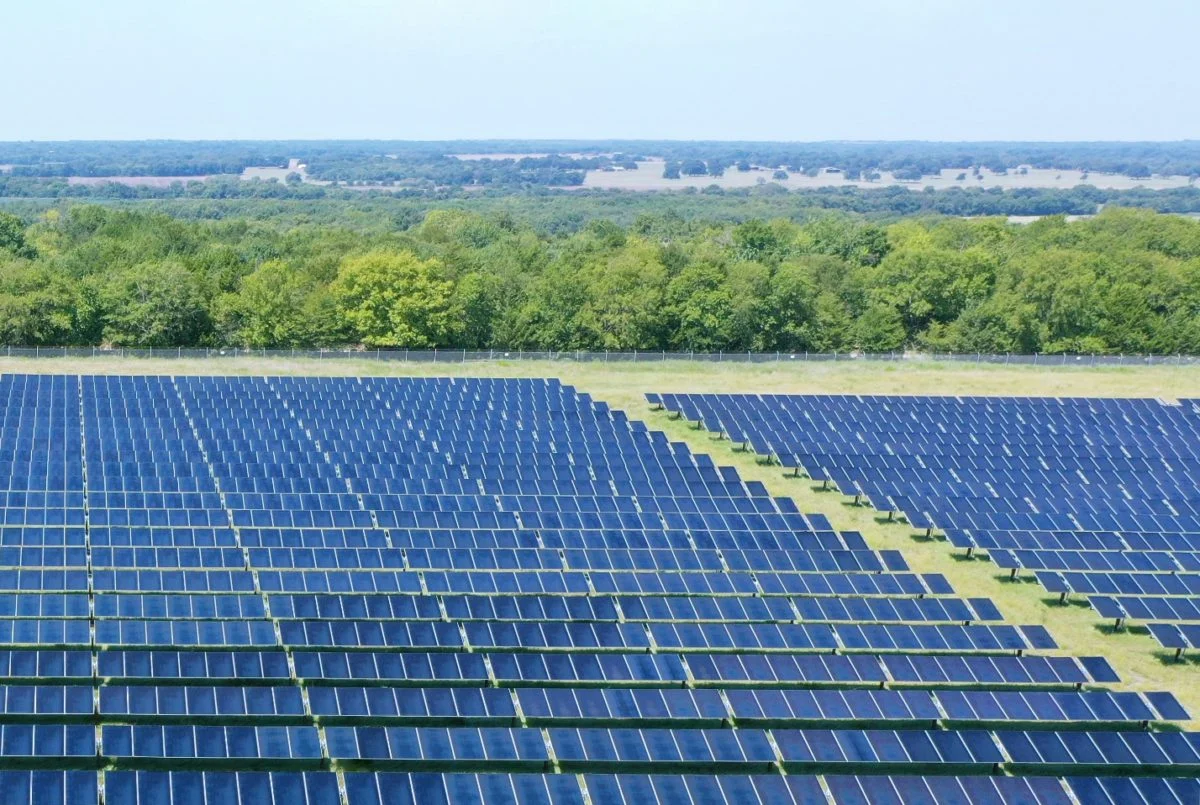Power Grid
SOLAR OUTPERFORMS IN THE LARGEST U.S. STATE USING COAL.
Irene Jerry

Solar power generation in the United States has reached a significant milestone in the quest to reduce carbon emissions and achieve carbon neutrality by 2050.
According to the specialized energy platform, solar electricity production in Texas surpassed coal in March 2024, marking the first time solar energy has outpaced coal in an entire month in the state. In March, solar electricity production in Texas reached 3.26 terawatt-hours, exceeding the 2.96 terawatt-hours generated by coal plants.
Over the past year (2023), coal electricity production in Texas totaled 50.7 million tons, double the amount burned by Missouri. Despite Texas accounting for 13 percent of all coal burning in the U.S., the share of coal in electricity generation has significantly declined from 40 percent a decade ago to 13.9 percent in 2023.
In contrast, solar energy's share in the electricity mix exceeded 10% for the first time last month, a substantial increase from 0.6% in 2017, with a 50% year-on-year growth. Texas' total solar capacity has reached 22.7 GW, with 7.2 GW scheduled to be added this year and over 20 GW under development.
The rise of renewables in the U.S. energy mix is evident, with solar and wind power leading the way. In 2023, electricity production from solar and wind sources reached 238,121 gigawatt-hours, an eightfold increase from 2014. Wind energy production doubled over the past decade, contributing 425,325 GWh in 2023.
Despite these advances, U.S. companies are bracing for the impact of a total solar eclipse expected on April 8, 2024. Ercot predicts that solar energy production in Texas could plummet to over 10,000 megawatts within two hours of the eclipse beginning, while other grid operators anticipate similar drops in solar generation during the event.
